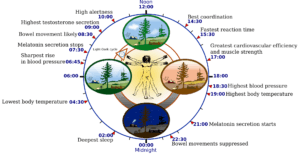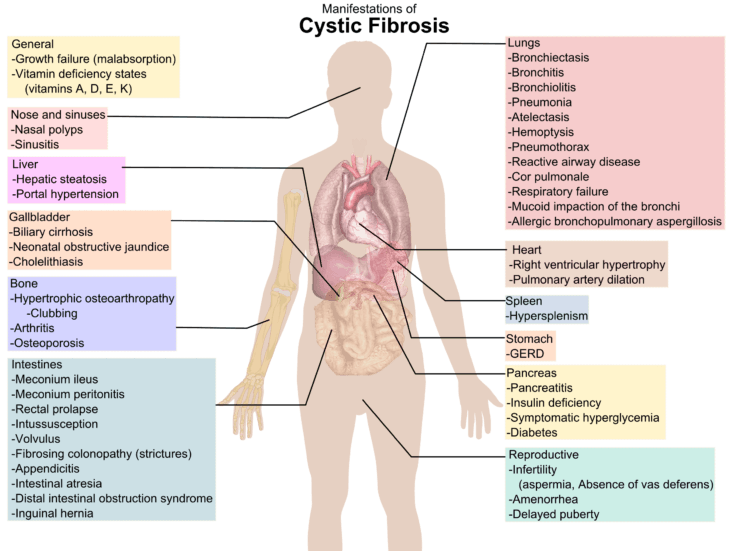Whey Protein For a Healthy, Strong Body – What You Need to Know
Most people associate whey protein with bodybuilders. You know, the kind we picture hanging around the gym pumping iron, making the rest of us feel bad with our spindly legs and flabby thighs, while their ripped muscles bulge provocatively out of tightly fitting shirts… Stay with me.
For too long this powerhouse dietary supplement has been monopolized by the bodybuilding domain. Whey protein has many other uses and benefits besides stimulating muscle growth. It’s time its benefits were made known to those of us who want to eat and live a healthy lifestyle but aren’t training for a triathlon.
What is Whey Protein?
What exactly is whey protein and where does it come from? As an advocate for organic living, you’ll be used to checking all the ingredients of every product before putting them into your body. And you may be surprised to learn that whey protein is actually derived from cheese (partially anyway). Yes, that yummy fattening dairy product that the French do so well can actually be beneficial to your health in other ways.
Here’s Exactly What You’ll Find in Whey Protein
Whey protein is found in the watery portion of milk that separates from the curds when making cheese (or yogurt). This used to be discarded as waste, however, whey protein has since been discovered to be a complete protein source (like meat and eggs). Complete proteins are more readily available to build and regenerate bones, muscles, tissues, glands, vital organs, etc.
More often than not, it’s whey is available in dried powder form, and there are three main types found on the market:
- Whey Protein Concentrate
- Whey Protein Isolate
- Whey Protein Hydrolysate
Whey Protein Concentrate contains the lowest amount of protein of the three and, as such, is usually the least expensive. The percentage of protein is between 55-89%. The rest is made up of fat, lactose, immunoglobulins, and other immune-enhancing peptides, such as alpha-lactalbumin.
If you’re looking for a general protein supplement that will enhance healthy living without costing a fortune, whey protein concentrate is a good option. Look for a product that contains at least 80% protein.
Whey protein isolate usually contains up to 95% protein, with minimal lactose and fat, making this particularly suitable for people who are lactose intolerant and those who are looking for quick results such as increased muscle mass, as it is absorbed faster than concentrate. There are those with certain health issues who cannot digest other proteins well and need whey protein isolates. But, there’s concern amongst natural health practitioners who are familiar with whey proteins. Protein isolates are acidic, and the heavily processed, “denatured” amino acids may be damaged in ways that may damage the body when consumed. Isolate whey proteins are also more expensive than concentrates.
And as you may have guessed, whey protein hydrolysate contains even more protein than the other two, at almost 99%. This is the worst tasting and most expensive of the three, and there is a greater concern for adverse health effects with this kind of whey.
Why Should I Take Whey Protein?
If bodybuilders can’t get enough of this stuff, then it must be doing something for them right? While it’s true that whey protein is usually marketed to bodybuilders and athletes whose end goal is to put on bulk, whey protein, when taken in the correct dosage, has many other health benefits as well. Check them out:
- Stave off Hunger – Ingesting a whey protein shake, or a sprinkle of powder on your cereal can help keep hunger pains at bay, as it effectively reduces your levels of ghrelin, the hormone that tells your brain when you’re hungry.
- Prevent Illnesses – Adding whey protein to your diet can help prevent certain illnesses, such as common forms of cancer, including prostate and colon cancers.
- Boost Your Immune System – Whey protein can improve your immune system and help you stay healthy throughout the winter.
- Combat Stress – If your nerves are on edge after a long day at work, use whey protein to improve your mood, as it lifts serotonin levels (the happy hormone) in your brain. So instead of opening a bottle of wine, try making a protein shake instead.
- Lose Weight – On account of its ability to suppress the appetite naturally, whey protein can be helpful if you’re looking to lose weight. Make sure you discuss the right dosage with your nutritionist.
- Improving Athletic Performance – If you are training for any kind of event, or simply working out and want to give your performance a natural boost, whey protein can help.
- Build Muscles – Yes. Whey protein accompanied by an intensive strength training program can help you add bulk.
- Replacement for Lactose Intolerance – Whey protein is used for replacing milk-based infant formulas for babies that are lactose intolerant.
- Improving HIV Patient Care – Some studies link whey protein towards increasing glutathione (GSH) and boosting the immune system of people who are HIV positive. However, further evidence is needed to support this claim.
- Protein Allergies – Whey protein can be used for people with protein allergies to ensure that their bodies still receive all the nutrition needed from this vital macronutrient.
So What if I Don’t Want Bigger Muscles?
The most well-known benefit of whey protein is to build stronger, healthier muscles, but that doesn’t have to mean more bulk. Bodybuilders aren’t bulked up like that just because they take whey protein (and not all of them do); their muscles are exceedingly large first and foremost because they lift a lot of weights. So if your goal is a healthier body, or to combat stress, then taking it in the concentrated form is probably the best idea for you.
How to Use Whey Protein
How you should use whey protein depends largely on your goals. For use in training purposes, it is usually recommended to take about 10-20 grams of whey protein mixed in a shake or juice, to help enhance strength and increase endurance. A further 20-40 grams of whey protein after your workout is recommended to boost muscle protein synthesis. For further suggestions of how to take whey protein, check the sources below.
Conclusion
While traditionally linked to being a bodybuilding supplement, this complete protein can be very advantageous to your health, especially if you suffer from lactose intolerance or protein allergies, you are trying to keep strong and healthy muscles, or you are looking to lose weight. If you decide to use whey protein in conjunction with a weight training program, in most cases we recommend a high-quality whey protein concentrate sourced from healthy animals with a high concentration of protein. To find the best protein for you consult with a natural health care practitioner that understands sports nutrition, or a personal trainer who understands natural health and nutrition.


